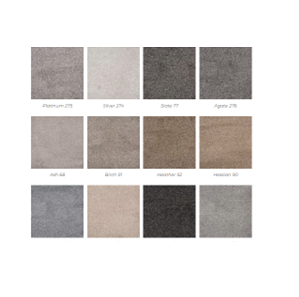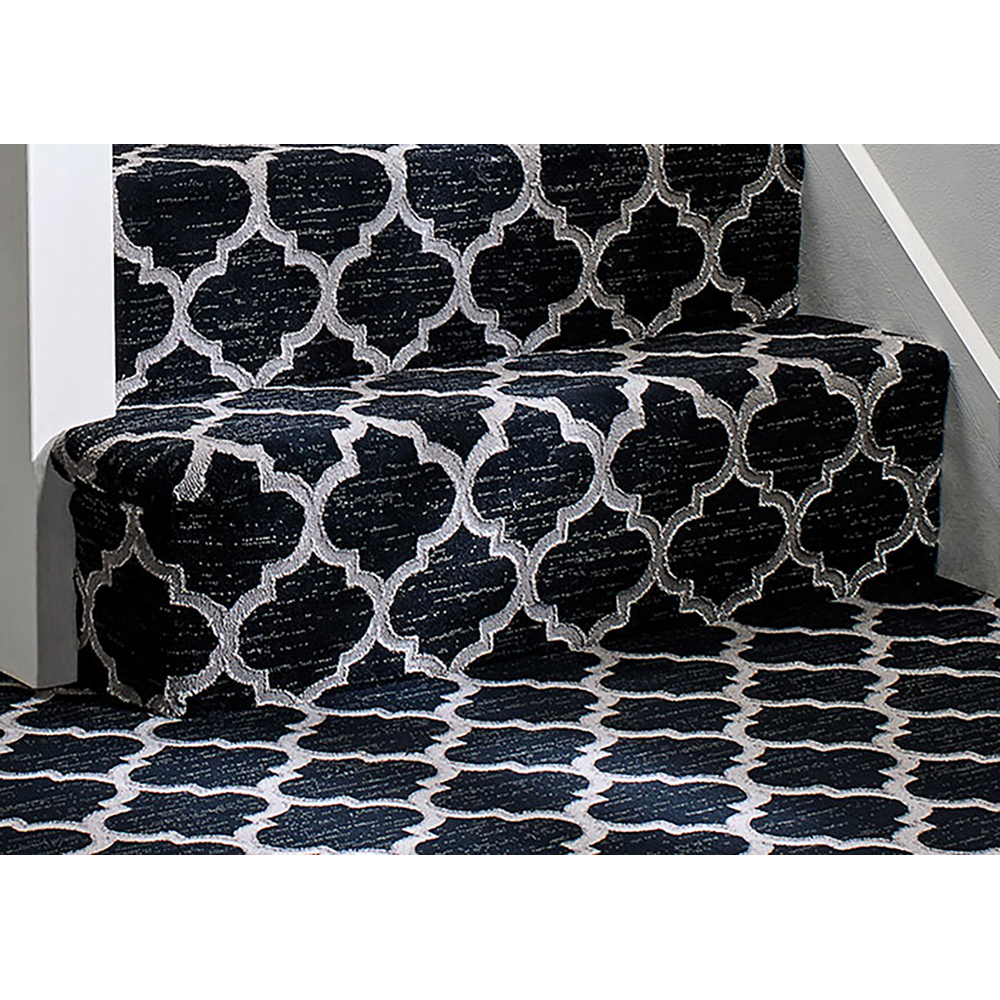Fast UK Delivery
Room Measurement
- Measure the widest and longest points of the room when determining its width and length and make sure to include any alcoves and doorways when doing so.
- Double check your measurements to ensure that your figures are accurate.
- Add four inches to both measures to allow for seams and waste.
Staircase Measurement
- Length:
-
-
- Measure the length of the tread (the horizontal surface of the step).
- Measure the height of the rise (the vertical surface of the step).
- If the step includes an overhang (nose), measure its length from the edge of the tread to the top of the rise below.
- Double check the measurements made in steps a–c to ensure that your figures are accurate.
- Add these measurements together to establish the length of one step.
- Multiply this figure by the number of stairs that share those same dimensions.
- Repeat steps a–f for any stairs of different dimensions from those already measured.
- Sum these figures to determine the total length of the staircase.
- Add four inches to the total length to allow for waste.
-
- Width:
-
- Measure across the width of one stair tread from wall to rails, rounding up to the nearest inch.
- Double check the measurement to ensure that your figure is accurate.
- Add two inches to this figure to allow for waste.
- Repeat steps a–b for any stairs of different width from those already measured.
Note that winding staircases and other irregularly-shaped stairs should always be measured at their widest points. Spaces adjacent to the staircase that you also wish to carpet, such as passages and landings, must be measured and included in your carpet order. These are measured as any room would be, with alcoves and doorways included in the measurement (see above).
Room Fitting
What you’ll need:
- Underlay – not all carpets require underlay (ask if uncertain)
- Hammer
- Bolster
- Sharp knife
- Carpet grippers
- Door bars
- Carpet tape
- Knee kicker
Using carpet grippers:
When fitting carpet grippers, we recommend first using a detector to identify cables and pipes so that these may be avoided. When placing the grippers, remember to leave a 5–10mm space between the grippers and the skirting board and that the pins should point outward toward the wall. A door bar will be used instead of grippers at the threshold of any door.
What to do with underlay:
- Unroll the underlay and cut to size using scissors or a sharp knife. Make sure that the underlay does not cover your carpet grippers but is level with them.
- Ensure that your rows of underlay are placed together with no overlaps; use carpet tape to join them.
Getting your carpet into position:
- Move your unrolled carpet to a roughly correct position in the room.
- From one corner of the room, pull the corner of the carpet until its position more closely approximates the correct one.
- Move to the opposing corner of the room and do as in step 2.
- Repeat steps 2–3 until the carpet appears to be correctly positioned.











